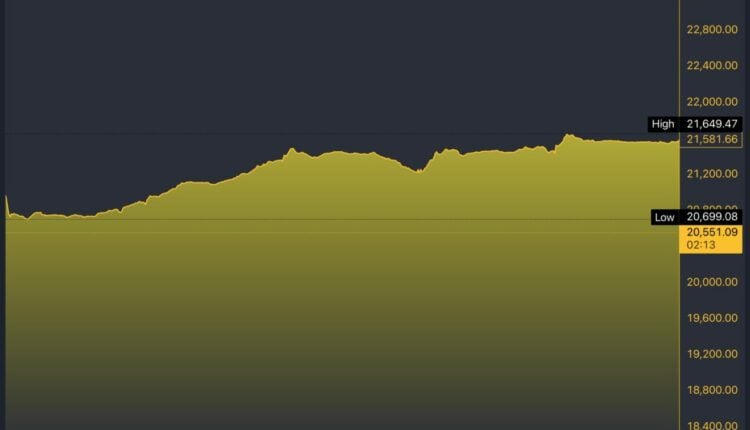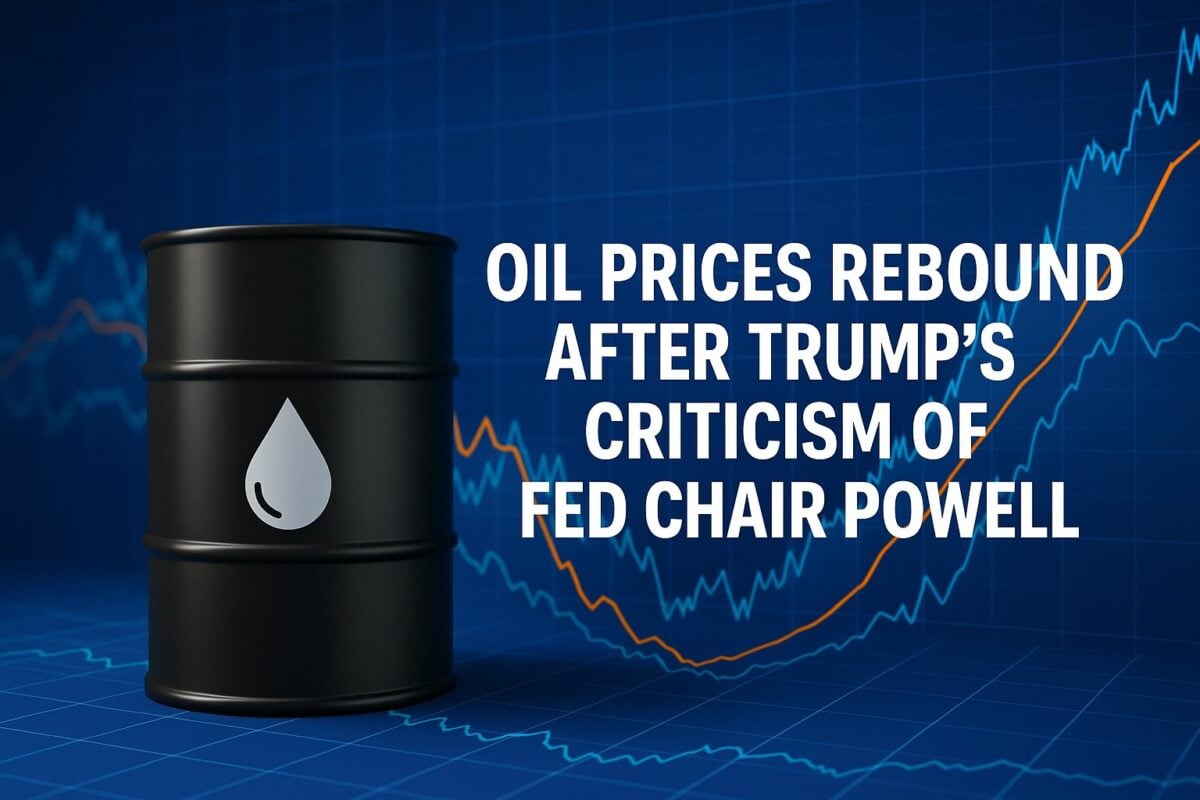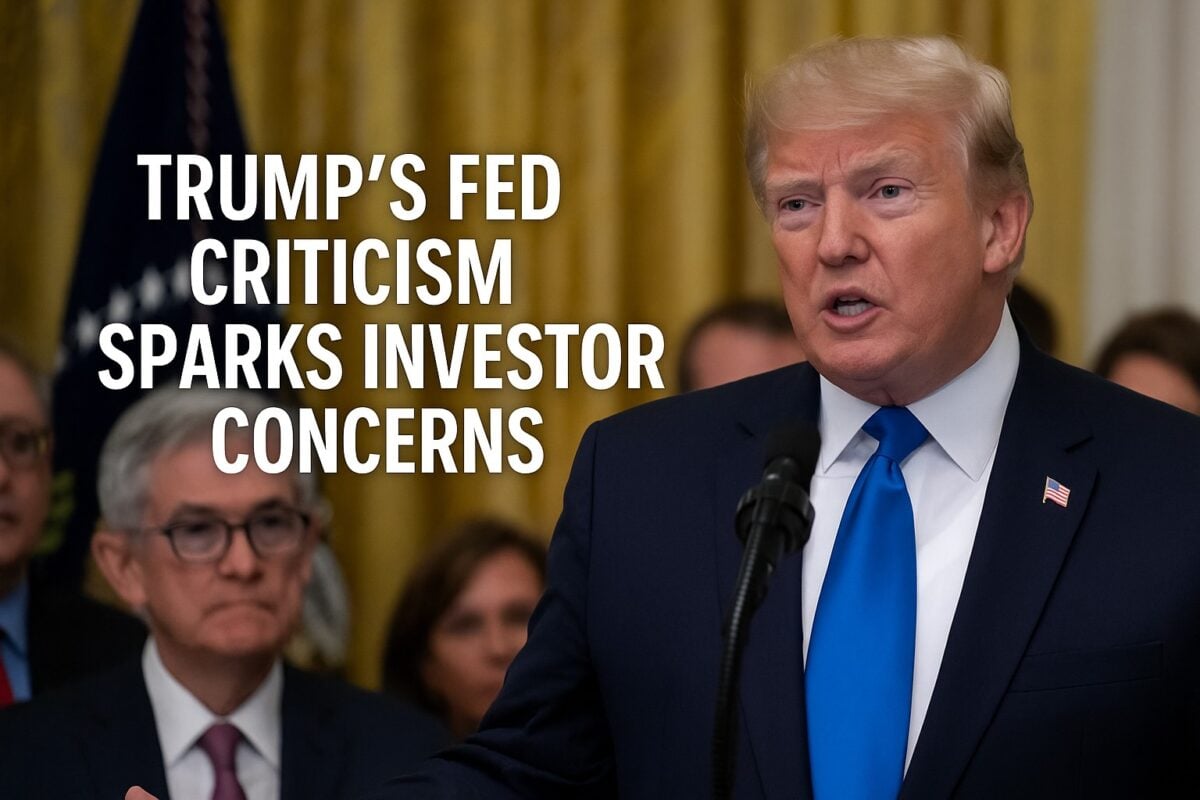
FTSE 250 Index: Performance and Investment Options
Table of Contents
The FTSE 250 is a UK stock index that consists of mid-sized companies, specifically the 101st to 350th largest on the London Stock Exchange. It follows the FTSE 100, which represents the largest multinational companies. Investors often view the UK-focused FTSE 250 as a reliable indicator of the UK economy.
FTSE Russel introduced the FTSE 250 in 1992 to measure the performance of mid-cap companies.
Compared to the FTSE 100, which includes global giants like Unilever and AstraZeneca, the FTSE 250 has a UK focus.
FTSE 100 companies source only 30% of their revenue from the UK, whereas over half of that made by FTSE 250 companies (approximately 55%) does.
FTSE 250 Historical Data
This stock index grew by just 1% over the past 12 months, while the FTSE 100 has grown by 7% during the same period.
The index has also fallen behind its global counterparts. The US S&P 400 mid-cap rating is up 8% year over year, while the French mid-cap index, the CAC Mid-60, is up 9%.
Remember that because larger, more defensive companies make up the FTSE 100, it tends to be less stable than the FTSE 250.
The FTSE 250 fell 19.7% in 2022 and more than 5% in the year ending in October 2023.
On the other hand, the index has increased by about 6.10% over the previous five years.
Because most companies in the index focus on growth, it may outperform its large-cap counterpart over the long run.
August 2021 saw the index jump as high as 1.4% in only one day to reach its all-time high. The aerospace company Meggitt, which was effectively acquired by American Parker Hannifin, was a major contributor to the surge.
Why Should You Invest in the FTSE 250?
The stock index’s appeal to investors may stem from the fact that it operates in a segment of the market at which growth is typically more robust than for blue chips, but failure rates are generally lower than for smaller businesses.
Generally speaking, mid-cap firms have survived the riskiest phases of their growth while maintaining a growth-oriented mindset. In a world where technology and society are changing quickly, they are also probably more flexible and agile than blue chips.
How to Invest in FTSE 250
Purchasing Stocks Direct
Purchasing stock in multiple companies that comprise the index is one method to invest in the FTSE 250. A trading account maintained with an investing broker or platform can be used to buy FTSE 250 shares.
Investment Trusts
Investing in investment trusts allows investors to buy shares in smaller companies without the entire FTSE 250 index. These trusts purchase various assets by combining numerous individuals’ funds. Unlike investment funds, investment trusts have a fixed number of shares and trade on a stock exchange. Investors determine each share’s price based on supply and demand, so the price may not always reflect the trust’s underlying assets. A trust might prioritize dividend payments, growth, or both.
JP Morgan oversees the trust, which is primarily made up of smaller UK-based businesses. Among the top holdings are the software company Softcat, the homebuilder Bellway, the engineering firm IMI, the private equity firm manager Intermediate Capital Group, and the luxury car retailer Inchcape. The trust has produced a 6.03% return in the previous five years.
An alternative that is more growth-oriented and concentrates on the Mid 250 space is the JP Morgan-managed Schroder UK Mid Cap Fund. In the past 5 years, the trust has produced a 15.5% return.
Spectris, an electronic instrumentation company; Games Workshop, a figurine maker; Dunelm, a home furnishings retailer; and business services group 4imprint are among the top FTSE 250 companies.
The Mercantile Investment Trust, managed by Anthony Lynch and Guy Anderson of JP Morgan, is recommended by Nick Wood, Quilter Cheviot’s head of fund research.
Index and Exchange Traded Funds
“Tracker” funds, which passively manage investments, aim to mimic the performance of a specific stock market index. They may also be “weighted,” meaning they allocate more shares to the biggest companies in the index.
Investors can use ETFs or exchange-traded funds to invest in groups of assets within particular sectors, regions, or business models. These funds usually have low management fees because they require minimal manager involvement.
iShares FTSE 250 ETF, the HSBC FTSE 250 Index, and Vanguard FTSE 250 ETF all aim to replicate the FTE performance and provide exposure to most or all of its member companies.
The Vanguard FTSE 250 UCITS ETF charges an ongoing fee of just 0.11%. It tracks the stock index and appears on Fidelity’s Select 50 list of preferred funds. Vanguard’s proficiency in index tracking, the fund’s low annual fund charge, and its focus on medium-sized businesses, known for strong long-term returns, earned it a spot on the list.
Ways to Trade the FTSE 250
FTSE Cash Index
You might want to start trading the FTSE 250 cash index if you wish to deal at the underlying market’s current price. Since cash indices have narrower spreads than other options, this option is particularly popular with traders who love shorter-term trades. If these positions are not sealed by the end of the trading day, they will be charged overnight funding fees.
Index Futures
Index futures might be the best option for you if you want to trade the FTSE 250 at a particular price on a particular day. Longer-term traders favour this approach because it allows them to hold positions without incurring overnight funding fees. Spreads on index futures are slightly higher because the overnight funding fee is already factored in.
Factors that Affect FTSE 250 Price
Economic events and news: Information pertaining to the FTSE 250’s industries and anticipated or unforeseen events that affect the economy may impact the index’s price.
Company revenues: Company valuations may fluctuate when FTSE 250 members disclose their earnings. Any change in a company’s worth could affect the price of the stock. This is especially true if the committee member has a significant weight.
Financial sector performance: Stocks in the financial services sector make up over 42% of the FTSE 250. Consequently, changes in this industry may impact the index’s price. Consumer services and the industrial sector are two more sectors that account for sizable portions of the index.
Trading Strategies
Examine the FTSE 250 price charts: Determine whether the index will increase or decrease and gauge the market mood.
Use technical indicators: Technical analysis is the only way to identify significant trading signals and trends. You can identify trends using the FTSE 250’s chart patterns, which you can then validate with indicators.
Create trading alerts: Establish parameters for the price of the FTSE 250, receive immediate alerts when the parameters are satisfied, and then make trades in response.
Observe business events: The price of the FTSE 250 can be impacted by news releases and business events. To stay informed, watch economic calendars even in the international market.
FTSE/GBP 5-Day Chart
FTSE 250 Share Price
The Share Price of FTSE 250 Today
Value: 21,572.34
Net Variation: 139.83
High/Low: 21,649.47 / 21,430.07
Previously closed price: 21,432.51
52-week range: 16,783.09 – 21,432.51
Launch date: 12 October 1992
Constituents number: 250
Net Market Cap: 324,478
Dividend Yield: 3.35%
Average: 1,298
Largest: 4,059
Smallest: 81
Median: 1,085
Top Gainers
Greggs: 3,100.00, up by 5.53%
RHI Magnesita NV: 3,765.00 up by 4.44%
Just Group PLC: 118.80, up by 3.85%
Bridgepoint Group PLC: 287.20, up by 3.68%
Clarkson PLC: 4,605.00, up by 3.37%
Top Losers
Ferrexpo: 57.21, down by 5.22%
Tyman PLC: 397.00 down by 3.05%
Close Brothers Group PLC: 508.50 down by 3.05%
Spectris PLC: 2,926.00, down by 2.53%
Spirent Communications PLC: 172.20 down by 2.49%
In summary, the FTSE 250 Index, representing mid-sized UK companies, provides valuable insights into the domestic economy. This often reflects growth trends more closely than the globally focused FTSE 100. Its potential for long-term gains is still strong despite its recent significant declines and slower growth when compared to international mid-cap indices. Investment trusts, exchange-traded funds (ETFs), and direct stock purchases are among the ways that investors can obtain exposure to the FTSE 250.


